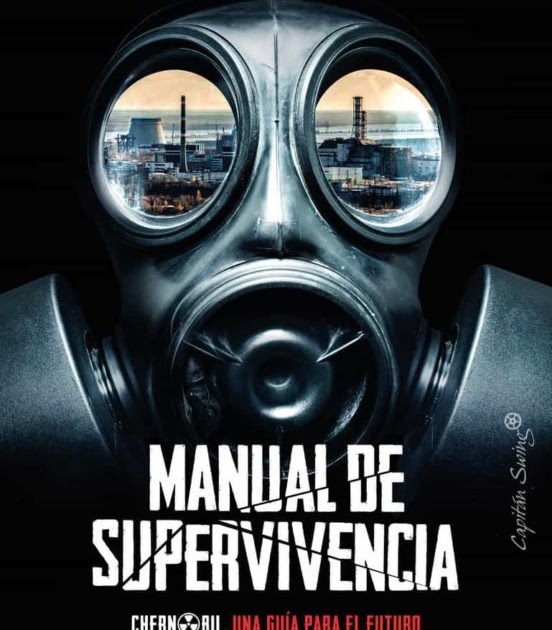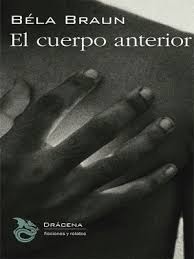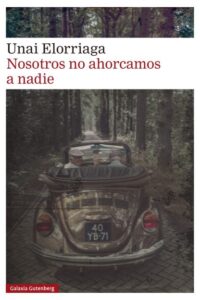
Original Language: English
Títutulus original : Manual for Survival
Year of publication: 2019
Translation: David Muñoz Mateos
Valoración: necessary
In accordance with the fact that the attention given to the Chernobyl matter may already seem enough to us: here or also here or even here, both in this blog and in some numb parallel project, some coverage has already been dispensed to its facts and its immediate repercussions. Fortunately we are in a golden age and thriving the possibility of access to a lot of information, let’s avoid the debates about its limits, their saturation, the need for constant filters and warnings that advise us just that: relativize that avasalador of data that complement or contradict themselves as interests are. That Chernobil happened is undeniable, that it was the fuze of the end of the two blocks (that said in the 90s: today we will say that of the two blocks in its post II ww format), which put the world on alert about the use of nuclear energy and its security protocols …
Kate Brown, a field researcher, takes another step in this Survival manual. That’s where those strenuous five hundred pages are justified. Recover, in case an astronaut needs it, the placing the basic data. The dates, the facts, the active and passive protagonists, parade one by one. But that surface is known, thanks to the determination of whom he investigated at the time so that at least the possible immediate damage were known. What Kate Brown does goes beyond statistics, of verified facts or even all the maximum that can be distorted in a political key (the USSR government acted as a monolithic collective stubborn in preserving power rather than protecting the population) or even philosophical (nuclear energy is the product of the eager of the scientific community by decoding the universe and play to be gods). Brown goes to the places and is the classic surprises, three decades later. Parazos, access restrictions, poor collaboration of official levels, appropriate disappearances of compromising information, appropriate memory lagoons of those involved survivors.
That is why it is a merit, because it has reached that volume of information, for all the channels that it has had to swim against the countercurrent to obtain them, and that (we agree that that date, April 26, 1986, it could perfectly have meant the beginning of the end of life in Europe) because those data are as irrefutable as spooky. From the incidence of radiation -related diseases, the behavior of the organs with respect to the varied range of radioactive elements, their durability, their doses, the comparison with the studies carried out after Hiroshima and Nagasaki, the denunciation of all the lies used as an argument to get the population (not only in the USSR, also in the environments of the nuclear tests of France countries), the perverse argument of production quotas for, with the tough technique of mixture and solution, reintroducing food, water, irradiated materials not only in productive cycles but even in human consumption. It is not easy to travel that path, reaching that data, nor is it, reading them, recognizing how close we were that the large Central Europeans were today a catalog of ghost cities in the offer of risk travel agencies. It is, rather, chilling, just as assuming that only that situation made precautions, controls, security levels, and know what we need to happen in the future to realize again that that was not enough either.
Source: https://unlibroaldia.blogspot.com/2025/06/kate-brown-manual-de-supervivencia.html


